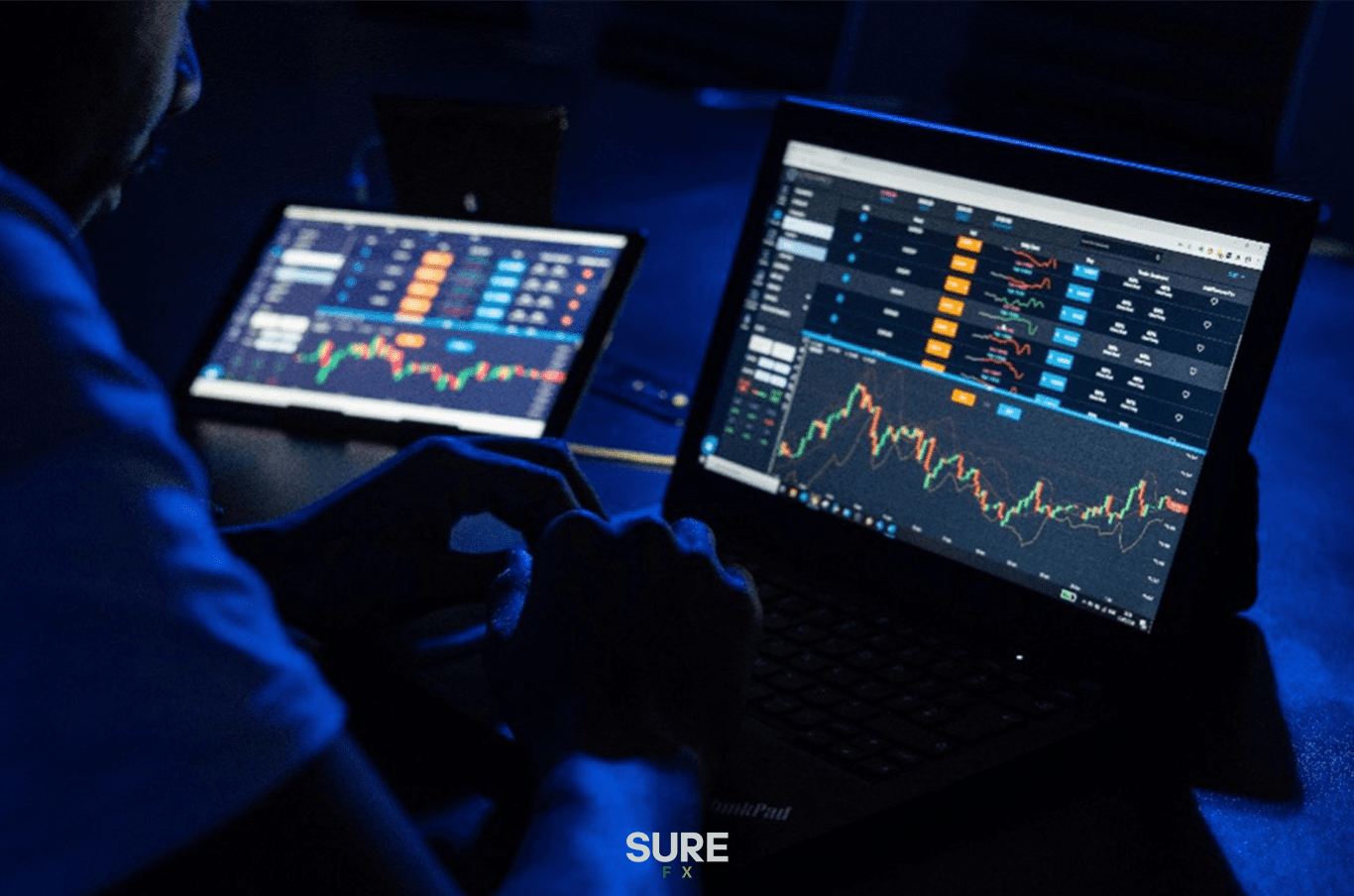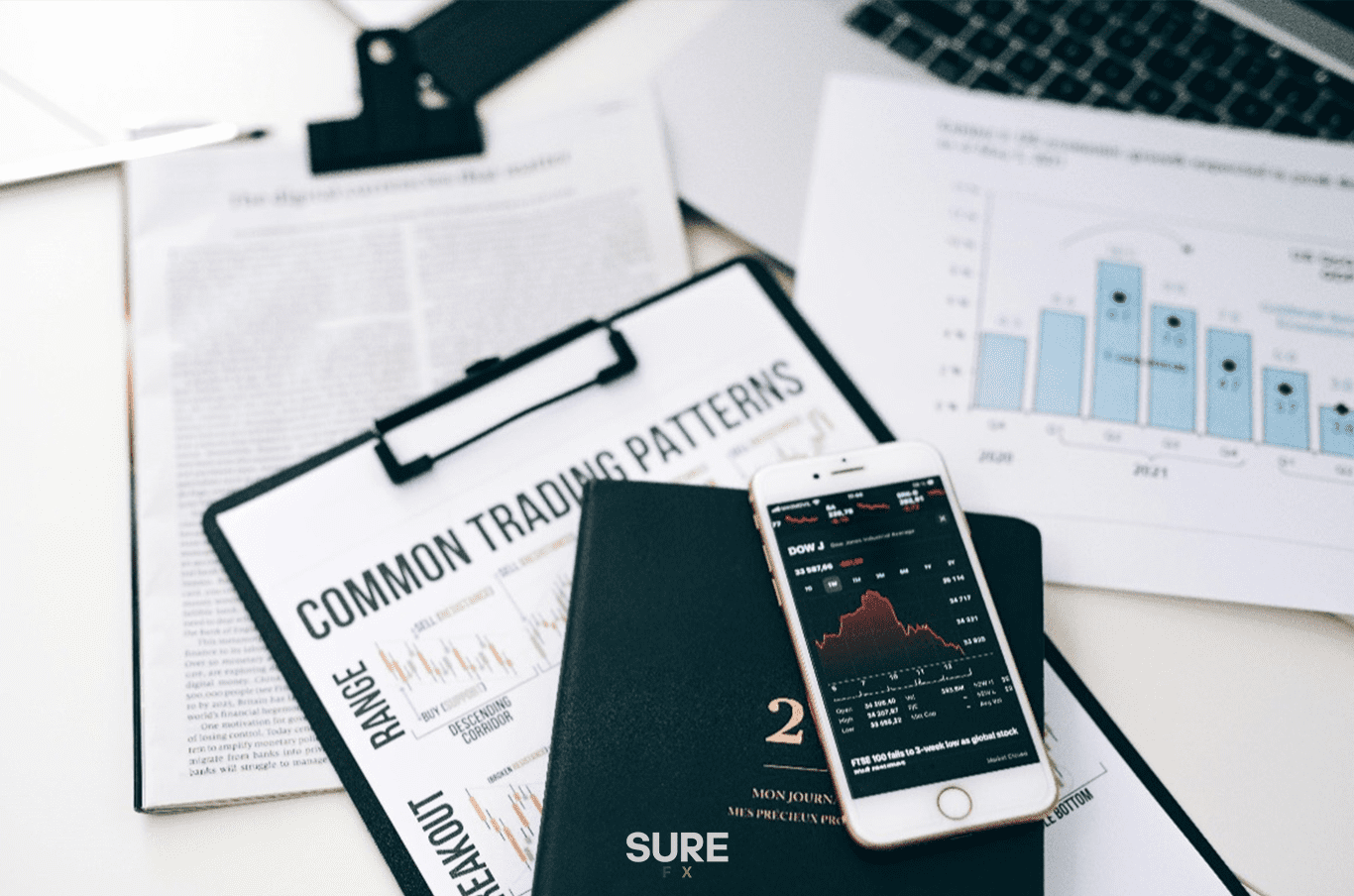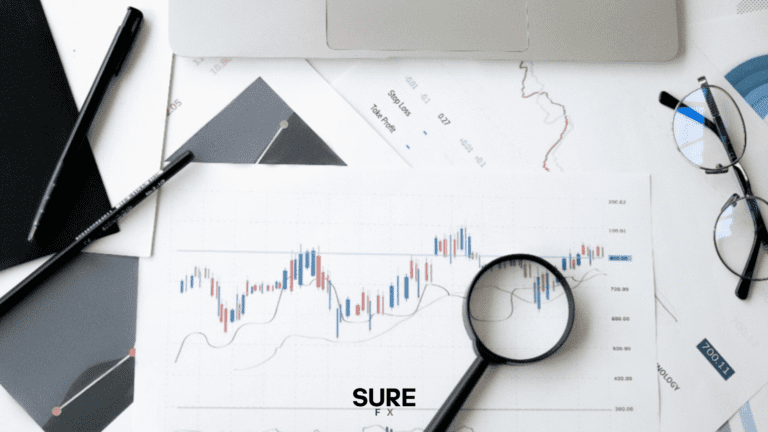F
or a beginner, the Forex market can seem overwhelming, abstract, and complicated. However, the core principles behind Forex trading are simple and easy to understand. At its heart, Forex trading is about buying a currency when it’s low and selling it when it’s high, or vice versa, depending on whether you’re going long or short. This beginner’s guide will walk you through the basics of Forex trading and offer Forex trading tips for beginners to help you get started.
How to Start Forex Trading as a Beginner
A good first step is to open a demo or practice account with a Forex broker or online trading platform. A demo account allows you to access the market without using real money. If you’re eager to start trading right away, you can open a live account and place your first trade at the current market price. This is known as entering a trade at the market price, after which you’ll set a stop-loss, take-profit order, and specify the position size (how much you’re trading).
In Forex, currencies are quoted in pairs, with two three-letter abbreviations. The first currency in the pair is the base currency, and the second is the quote currency. For example, in the EUR/USD pair, EUR is the base currency and USD is the quote currency. Each pair has two prices: the bid price (the price at which you can sell) and the ask price (the price at which you can buy).
To place a Forex order, you’ll provide your broker or trading platform with instructions. These instructions will specify which currency pair you want to buy or sell, the direction of the trade (long or short), and the position size. The market must move in your favour—either up or down—depending on whether you bought a currency to sell it later at a higher price or shorted the market in anticipation of a price drop.

-
Leverage, Margin, and Position Size in Forex Trading
When you open a trade, your broker will require a margin deposit, which acts as collateral. This margin is a fraction of the total position size and ensures that you can cover potential losses. The margin is locked during the trade and is released once the position is closed, allowing you to trade larger positions than you could with your account balance alone.
The amount of margin required depends on:
- The currency pair you’re trading (e.g., EUR/USD, USD/JPY, GBP/USD)
- The position size (measured in lots)
- The leverage your broker offers, which allows you to control larger amounts of money and potentially amplify profits (but also increases risk)
Your trading objectives and available capital will influence the currency pair, position size, and leverage you choose. Additionally, there are different currency trading strategies that can be employed, which vary depending on timeframes and market analysis. Common strategies include:
- Forex Scalping: Short-term trades that capitalize on small price movements. This strategy requires a lot of time and focus on technical analysis.
- Forex Day Trading: Opening and closing trades within the same day to avoid overnight holding costs. Suitable for those who prefer quicker, less risky trades than scalping.
- Swing Trading: Holding positions for several days to profit from price swings. This strategy balances technical and fundamental analysis but involves some overnight risk.
- Position Trading: A long-term strategy where traders hold positions for weeks, months, or even longer, focusing on the fundamentals of the market.
These currency trading strategies can be fine-tuned to match your risk tolerance, trading goals, and available time for analysis.
Key Concepts in Forex Trading for Beginners
Forex trading is essentially the exchange of one currency for another. The most commonly traded currencies include the US dollar (USD), the British pound (GBP), the euro (EUR), the Japanese yen (JPY), and the Australian and Canadian dollars (AUD and CAD).
Each currency pair has a current exchange rate, which shows how much of the second currency (quote currency) you need to exchange for one unit of the first currency (base currency). For example, if EUR/USD is quoted at 1.1150, it means one euro equals 1.1150 US dollars.
As a beginner, it’s essential to understand how currencies are quoted and what their exchange rates represent. The difference between the bid and ask price is called the spread, and this plays a key role in your potential profit. When placing a trade, you’ll decide whether to go long (buy) or short (sell) based on your market outlook. Some online advice for forex traders suggests that understanding these basics will help you make more informed trading decisions.
Ask and Bid Prices in Forex
When you’re trading Forex, you’ll come across two prices for each currency pair: the ask price and the bid price.
- The ask price is the price at which you can buy the currency.
- The bid price is the price at which you can sell the currency.

-
What is a Long Trade?
A long trade involves buying a currency because you expect its price to rise. Once the price increases, you can sell it at a higher price, making a profit. Brokers typically make money from the spread, which is the difference between the buy (ask) and sell (bid) prices.
What is a Short Trade?
A short trade is when you sell a currency because you expect its price to decrease. You borrow the currency at a higher price and aim to buy it back later at a lower price. Shorting allows you to profit from falling prices.
Choosing the Right Currency Pairs to Trade
As a beginner, it’s best to start with the most liquid currency pairs, which have high trading volume and tight spreads. The major pairs, such as EUR/USD and GBP/USD, are typically the most liquid and offer plenty of trading opportunities. These pairs are traded against the US dollar, which plays a dominant role in the Forex market.
Minor currency pairs, such as EUR/GBP or EUR/JPY, are less liquid but can still offer potential for profit. Exotic currency pairs, like those linked to emerging markets (e.g., the Turkish lira, Brazilian real, or South African rand), are less frequently traded and can be more volatile.
The Role of Forex for Beginners Academy
If you’re new to Forex trading, enrolling in a Forex for Beginners Academy similar to the one at SURE FX can provide you with the structured learning you need to get started. Many online platforms offer courses, tutorials, and live webinars, helping you to understand key concepts, build a solid foundation in currency trading, and start developing your own currency trading strategies.
Conclusion
Starting in Forex trading may seem intimidating at first, but with the right tools and understanding, it can be a rewarding endeavour. Begin with a demo account, familiarise yourself with basic terms like ask, bid, and spread, and experiment with different trading strategies. As you gain experience, you’ll be able to choose the currency pairs and leverage that best suit your trading goals. Follow Forex trading tips for beginners, stay patient, and keep learning. Over time, you’ll become more confident in your trading decisions and develop the skills to navigate the Forex market successfully.






